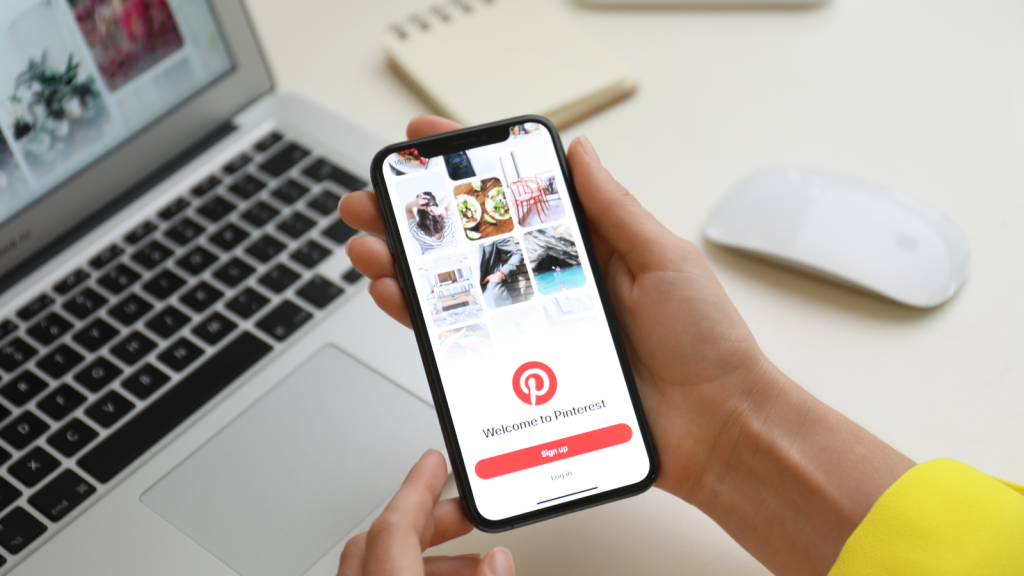When it comes to social media marketing, Pinterest often doesn’t get the spotlight it deserves. Despite being a visual powerhouse, the platform is often overlooked by businesses in favor of Instagram or Facebook. But here’s the secret: Pinterest is a treasure trove of untapped potential for your marketing efforts. With over 450 million active users, this visually-driven platform offers a unique opportunity to engage with an audience that’s actively searching for inspiration and ideas—perfect for businesses that rely on creativity and products.
If you’re ready to elevate your marketing game and make the most of Pinterest, keep reading. In this article, we’ll dive into some lesser-known Pinterest marketing tips, tricks, and strategies to help you drive more traffic, build brand awareness, and ultimately increase sales. Let’s get creative!
1. Use Keywords in Your Pin Descriptions Like a Pro
You might be thinking, “I know SEO is important, but what does that have to do with Pinterest?” The answer: everything! Pinterest functions as a search engine, and how your pins rank depends heavily on the keywords you use. Think of Pinterest as a giant digital pinboard, and if your pins are well-labeled, they’ll show up on relevant boards when people search.
Tip: Research long-tail keywords specific to your niche. For instance, instead of just “DIY crafts,” try “easy DIY crafts for kids” or “budget-friendly home DIY ideas.” Sprinkle these long-tail keywords naturally into your pin descriptions, titles, and even the image alt text to improve visibility. Use tools like Pinterest’s search bar to discover what terms people are actively searching for in your industry.
Story Example: Imagine you run a company that sells sustainable home goods. You might use terms like “eco-friendly kitchen ideas,” “sustainable living tips,” and “green home decor” in your pins. When someone types “how to make my kitchen eco-friendly” into Pinterest’s search bar, your carefully optimized pins will pop up—guiding them straight to your products.
2. Pin Consistently, But Don’t Overwhelm Your Followers
Consistency is key on Pinterest, but there’s a delicate balance between sharing frequently and overwhelming your audience. Aim for at least 5-10 pins a day, but ensure your content remains varied and high-quality. Too many repetitive pins can make your followers tune out, while too few may cause your brand to fade into the background.
Tip: Use a scheduling tool like Tailwind to automate your pinning process. This allows you to stay consistent while managing your time more effectively. Scheduling also ensures that your content is spread out, reaching different time zones and audiences throughout the day.
Story Example: Take Sarah, who runs a handmade jewelry business. She pins new product photos, behind-the-scenes shots, and styled lifestyle images regularly. By scheduling these pins with Tailwind, Sarah doesn’t have to manually post all day long. The result? Her pins are consistently appearing in users’ feeds without overwhelming them.
3. Create Pins That Tell a Story
People love stories. Pinterest is a platform that thrives on inspiration, and one of the best ways to tap into this desire is by creating story-driven pins. Instead of just posting images of your products, consider how you can craft a narrative that speaks to your target audience’s desires, needs, or pain points.
Tip: Design a series of pins that tell a cohesive story. For example, if you’re a wedding planner, you could create a set of pins that highlight the journey from engagement to wedding day. Each pin could focus on a different aspect—such as choosing a venue, selecting wedding dresses, or finding a florist. As your audience scrolls through your boards, they’ll be captivated by the progression of the story.
Story Example: Picture a travel blogger who shares pins about her European adventures. Instead of just posting “Top 10 Places to Visit in Paris,” she creates a series: “How to Spend 48 Hours in Paris” followed by “Where to Eat Like a Local in Paris” and “Best Hidden Gems in Paris.” With this approach, her followers are invested in the narrative and feel more inclined to click through.
4. Leverage the Power of Rich Pins
Rich Pins are one of Pinterest’s best-kept secrets for marketers. These are pins that provide more detailed information than regular pins, such as product availability, pricing, and even direct links to your website or eCommerce store. They can be applied to various categories like articles, products, recipes, and more.
Tip: Set up Rich Pins for your business and make sure you’re using them for all your products. For example, if you sell a physical product, Rich Pins will display live pricing, stock information, and product details right on the pin, making it super convenient for potential customers to make a purchase. It’s like a mini online store within Pinterest!
Story Example: John, who owns a fitness apparel brand, uses Rich Pins for his new line of workout leggings. When someone pins a pair of leggings, the pin shows the current price, sizes available, and a link directly to the product page. With all the information easily accessible, more people are clicking and buying his leggings directly from Pinterest.
5. Optimize Your Pinterest Profile for Search
While your boards and pins are the focal points, your profile should also be optimized for search. Think of it as your “storefront.” To make your profile more discoverable, include relevant keywords in your bio, board titles, and even your profile picture. Pinterest allows you to enter a description for each board, so don’t waste this opportunity to add searchable keywords.
Tip: Go beyond just “about me” and tell a story in your bio. Be creative and include specific phrases related to your niche. For example, if you’re in the home décor business, your bio could read: “Helping you create a cozy, stylish, and sustainable home with our eco-friendly home décor ideas.”
Story Example: Amanda, a freelance graphic designer, revamped her Pinterest profile to focus on her niche of branding for small businesses. By using terms like “branding ideas for startups” and “creative logo design inspiration,” her profile is now easier to find by potential clients looking for those exact services.
6. Analyze Your Pinterest Analytics
Pinterest offers robust analytics that can help you track what’s working and what’s not. You can measure everything from engagement to audience demographics. Understanding these insights can guide your future strategy and help you tailor your content to what’s resonating with your audience.
Tip: Review your analytics regularly to identify which pins are generating the most engagement. If you notice a certain style, color palette, or type of product is getting more traction, replicate that in future pins. Also, pay attention to the times when your pins are performing best so you can optimize your posting schedule.
Story Example: Alex, a food blogger, noticed that her dessert recipes were getting much more engagement than her savory dishes. Armed with this data, she decided to focus on creating more dessert-focused content, resulting in a steady increase in traffic and followers.
7. Run Pinterest Ads for Targeted Exposure
If you want to take your Pinterest marketing to the next level, consider using Pinterest Ads. These are paid promotions that allow you to target a very specific audience based on demographics, interests, and even keywords. With Pinterest Ads, you can expand your reach beyond your current followers and attract fresh eyes to your content.
Tip: Start small with Pinterest Ads and experiment with different creative formats (e.g., video pins, carousel pins, etc.). Monitor your campaigns, and refine them based on the results. Be sure to target interests and keywords that align with your business to ensure your ads reach the right people.
Story Example: Maria, who owns a handmade candle business, decided to run a Pinterest ad promoting a new candle scent she had just launched. With highly targeted keywords like “relaxing home scents” and “luxury candles,” her ad was shown to people who were actively searching for similar products. Within a few days, her website traffic skyrocketed, and sales followed soon after.
Conclusion
Pinterest is more than just a platform for pretty pictures—it’s an invaluable tool for driving traffic, building brand awareness, and boosting sales. By following these untold tips and putting in the effort to get creative, you’ll be well on your way to Pinterest marketing success. So, start pinning with purpose, optimize your content for search, tell engaging stories, and watch as your brand grows on this powerful visual platform.
Remember, success doesn’t happen overnight, but with consistency, creativity, and the right strategies, your Pinterest marketing efforts can take off and lead to amazing results. So go ahead, pin your way to success!

